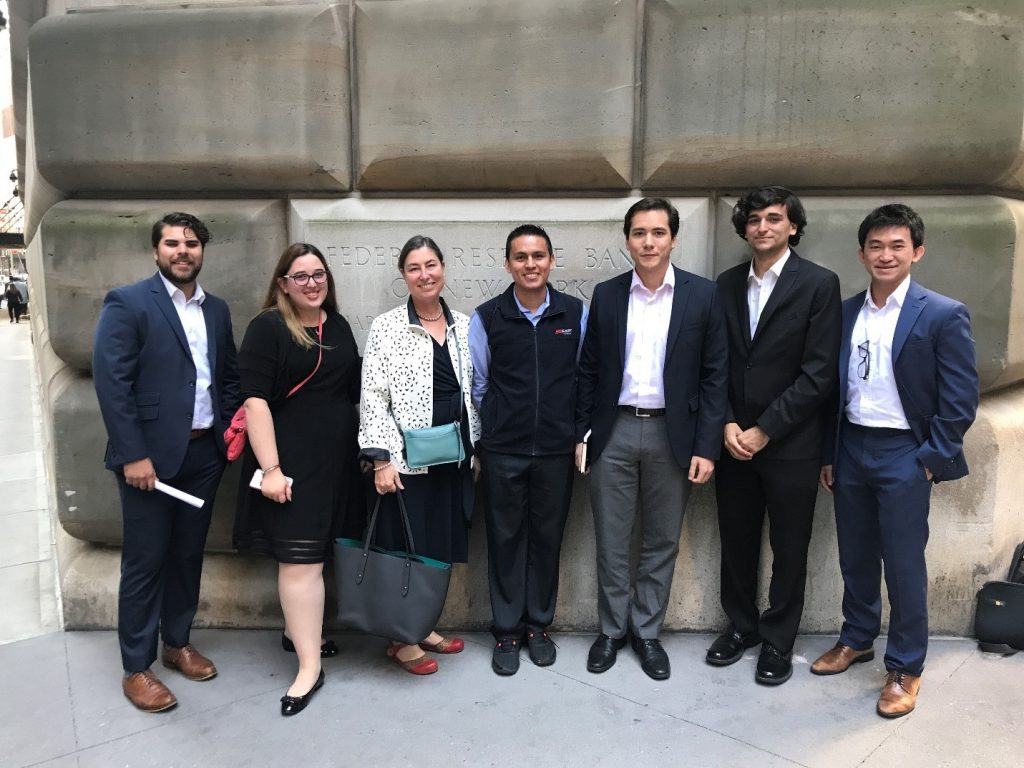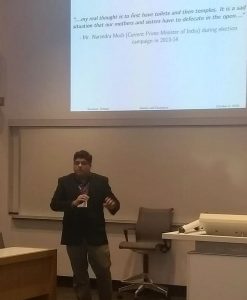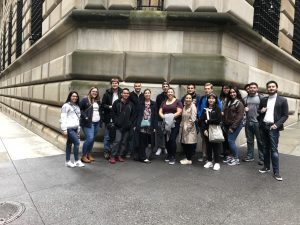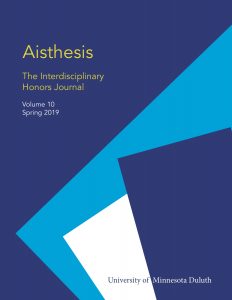This year, the UConn-Stamford team participated again in the College Fed Challenge competition of the second district of the Federal Reserve System. Thirty teams competed on October 23 at the Federal Reserve Bank of New York. This program is designed to bring real-world economics into the classroom. Teams play the role of monetary policymakers by analyzing economic conditions and recommending a course for monetary policy.
The UConn–Stamford team this year consisted of the following eight students.
Ignacio Gonzalez is a junior pursuing his Economics degree at UCONN-Stamford. This is his second year on the College Fed Challenge team. Through the program he has enhanced his understanding of economic indicators and how they interconnect in signaling the current state of the economy. This past summer he interned for the Treasury department at DZ Bank AG. He was able to use the experience gained in the Fed Challenge program as a base for assets and liabilities management as well as for bond pricing.
Viviana Castillo is currently a senior majoring in Economics. In addition to her studies, she works for People’s United Bank as a relationship administrator in their Commercial Real Estate department. Through her job, she has gained knowledge in the real estate lending market in the U.S. and how rates are affected by the current economic conditions. As part of the Women In Leadership program through her job she has been matched with a mentor who is the Chief Risk Officer of the company. With him, she has been able to gain knowledge of the different risk components of the bank. All of this being done while analyzing the risk appetite of the company regarding the current economic conditions and predictions for the future. After graduation, she is hoping to further her career by getting a master’s degree in the risk management field, preferably with a concentration in enterprise risk.
Alexander Giannico is a senior majoring in Economics. He is participating in the 2019 FED Challenge team in order to improve his understanding of macroeconomics, specifically labor economics and unemployment. He is helping run the Chess Club on campus as well as participating in the Debate Club.
George Angel Gonzalez is a senior majoring in Economics. As he will be graduating in the Spring of 2020, he is currently applying to graduate schools to further his education in Economics/Finance. He joined the team last spring after hearing a couple of his classmates discussing the competition in class; and, since, it has been one of the most academically enriching experiences of his undergraduate career. The Fed challenge has brought the lessons learned in class into the real-world application, as well as enhanced the understanding of the innerworkings of the American economy. Comprehending how the Federal Reserve operates and its hand in the economy are lessons that he will take beyond his undergraduate education- whether it be to graduate school or the work force.
Isaiah Montanez is a senior Economics student with a minor in Business Management. He is currently working as a business analyst for a small consulting firm. He chose economics because of the effect that the 2008 recession had on his family’s business. He wanted to better understand how the economy affects people. Now, he assists small businesses on recognizing economic trends to make good decisions and capitalize on them. The Fed Challenge has been the backbone of his studies allowing him to see real world applicability of his degree and has led him into the position he is in today.
You Kim is a junior majoring in Financial Management with a minor Economics. He is currently interning as a business development analyst at RIS Media, a real estate publishing company. Prior to this he interned at IBM as a financial analyst. He is passionate about learning and understanding what is going on with the world and the economy. This competition has taught him a tremendous amount about how to analyze different indicators to measure the overall health of the economy.
At UConn Stamford, students can participate in this program as early as their freshman year. The main criterion is one’s interest in economics, passion for research, and willingness to work in a team. This year, we had two first-year students supporting the team through research, collaboration, and constructive criticism.
Sisi Huang is a first-year student. She is studying within the School of Business and is currently a Digital Marketing and Analytics major and is an active member of the BCLC. Other clubs she is participating in are the Marketing Club and Huskies for Charity. Sisi enjoys the arts as well as sciences other than business. She participated in the FED Challenge team as a researcher this year with hopes to join the presenters’ ranks next year.
Francesca Merentie is another first-year student studying within the School of Business, majoring in Digital Marketing & Analytics. She shadowed the UConn–Stamford FED Challenge team and aided them in their research and presentation preparation. She plans on fully joining the team and compete in the Fall 2020 competition. She plans on using her degree in Digital Marketing & Analytics in being either a market research analyst, a marketing manager, or public relations specialist.
The whole team worked very hard preparing for the competition and developed and defended unconventional approaches to monetary policy implementation. The main learning outcome for students is the development of economic analysis, critical thinking and debate, and oral presentation skills. All of these are highly transferable to their future careers and academic endeavors.
This year, we did not advance to the semi-final round. However, the overall experience of visiting the New York Fed, listening to the presentation of John C. Williams, President and Chief Executive Officer of the Federal Reserve Bank of New York, and competing with 30 teams was an amazing experience for students. Good job, UConn–Stamford Team!

Photo: from left to right: Isaiah Montanez, Viviana Castillo, Dr. Smirnova, Angel Gonzalez, Ignacio Gonzalez, Alexander Giannico, and You Kim.

 There was an opportunity to ask questions and discover more nuances about the Fed, about monetary policy implementation, and about the gold. Overall, a lot of learning and discovery occurred during the trip. We thank the Department of Economics for sponsoring it! The picture shows the group in front of the Federal Reserve Bank of New York. Taking pictures inside is prohibited, so we could not take a picture with the gold! 😊
There was an opportunity to ask questions and discover more nuances about the Fed, about monetary policy implementation, and about the gold. Overall, a lot of learning and discovery occurred during the trip. We thank the Department of Economics for sponsoring it! The picture shows the group in front of the Federal Reserve Bank of New York. Taking pictures inside is prohibited, so we could not take a picture with the gold! 😊